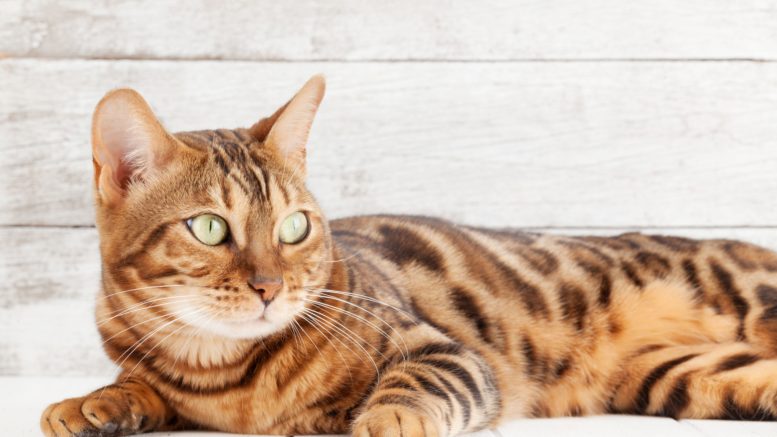New research suggests that felines may contribute to the spread of SARS-CoV-2, and their contaminated habitat (enclosures in this investigation) could harbor infectious agents. These findings were recently published in Microbiology Spectrum, a periodical of the American Society for Microbiology.
"In the practical sense, once SARS-CoV-2 enters our household, we should consider our cat as an integral member of the family in terms of virus transmission," stated Wim van der Poel DVM, PhD, a coauthor of the study and Professor of Emerging and Zoonotic Viruses at Wageningen University and Research in the Netherlands.
To gain a deeper understanding of the potential COVID-19 infection risks posed by cats infected with SARS-CoV-2, Van der Poel and colleagues conducted a comprehensive study. The research involved 16 cats, which were exposed to the SARS-CoV-2 virus in three different ways: direct exposure from a naturally infected human patient, indirect exposure from a directly exposed cat, or exposure from the pen housing the infected cat. Throughout the study, regular sampling was conducted on all cats. Samples from the nose, throat, blood, and environment were collected and tested for the presence of SARS-CoV-2. Additionally, blood samples were examined for the development of SARS-CoV-2 antibodies. The cats were sampled over a three-week period, starting from the day of direct virus exposure. Nasal and oropharyngeal samples were taken three times during this period, while oral and rectal samples were collected 15 times. The study aimed to assess the transmission of SARS-CoV-2 between cats through both direct and indirect contact.
The study's findings revealed that cats are vulnerable to SARS-CoV-2, and once infected, they have the potential to transmit the virus to other cats and contaminate their surroundings. However, the researchers also observed that the infectiousness of the contaminated environment diminishes rapidly over time.
According to van der Poel, the transmission of SARS-CoV-2 between cats is highly effective and can persist over time. He emphasized that infections in cats through exposure to a SARS-CoV-2-contaminated environment should not be overlooked, particularly when cats are exposed shortly after the contamination occurs.
The average duration of infectiousness was slightly over one-third of a day, as determined by analyzing the periods in which the virus was detected in excretions such as oral/nasal fluid or feces.
Van der Poel clarified that during the study, no humans were exposed to the infected cats, and the animal handlers always took complete precautions to ensure their safety. However, he emphasized that it should be assumed that cat owners can potentially be infected by cats carrying SARS-CoV-2, as these cats excrete the virus in an infectious form.
The researchers said they will continue to study SARS-CoV-2 susceptibility in different animal species and focus on virus transmission risks.
Source: American Society for Microbiology
